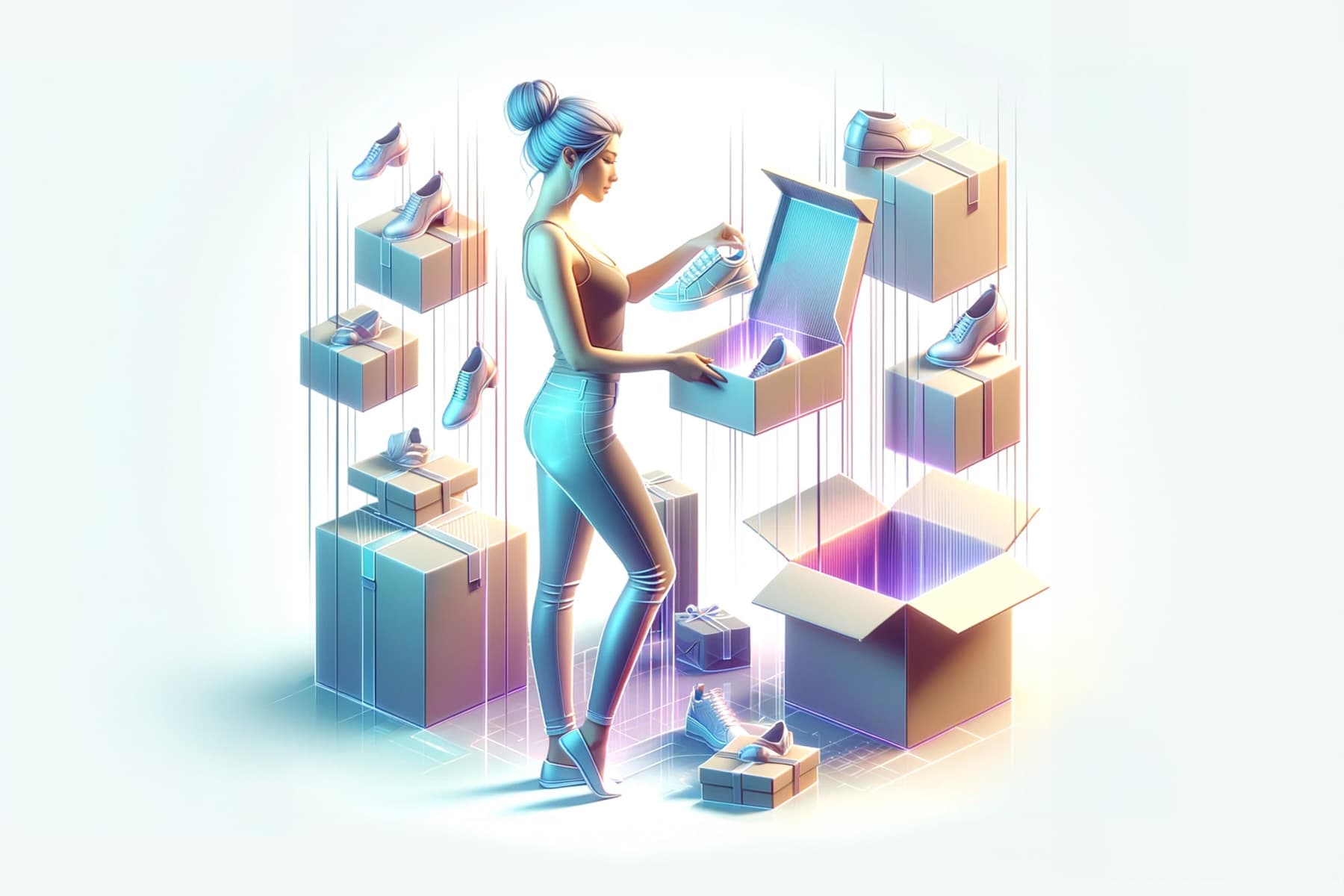
The Ultimate Guide to Reduce Your Product Returns by 20%
Customers returned products has become an increasingly frustrating issue for retailers, with there now being an average online return rate of 20-30%, with clothes, shoes, bags and accessories making up the top products returned. Whether it’s faulty products, arriving late, or they simply didn’t like the product, the number one reason customers return products is fit.
Look across different articles, and they’ll tell you a plethora of ways to tackle your returns. From sifting through Google Analytics, to improving customer care. From upping your quality control to filming a quick product video. We’ve seen it all.
There’s so many areas, it’s very easy to take a scattergun approach to fix each problem as the realisation hits, but there’s a better way.
We’ve taken everything into consideration and summarised the purchase journey into three stages: before purchase, during shipping and after delivery. We’ll walk through each, giving clear advantages and disadvantages to tackling that problem, so you can decide what’s the most important for your business.
So without further ado, let’s take a look at the three stages in order
1 - Before purchase
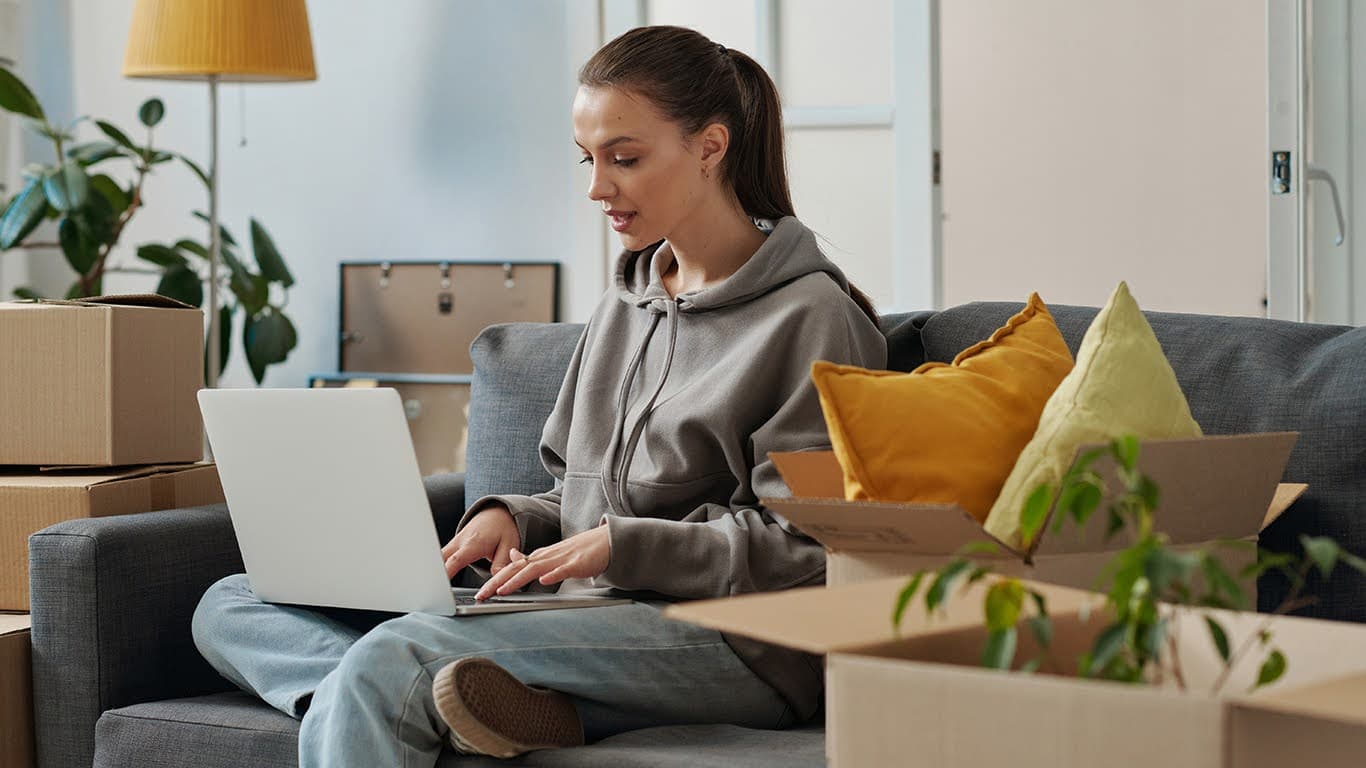
Taking steps to reduce returns before the customer makes a purchase is all about setting expectations. What do they think they’re going to receive, delivered where and when?
It’s critical that you use the product page to set these expectations. You want to show the product in its best light, but not mislead your customer. For a watch, show its design and features. For shoes, show their fabric and durability. Once the product is finally in the customer’s hands, will they be happy or disappointed based on your description?
Use high-quality images
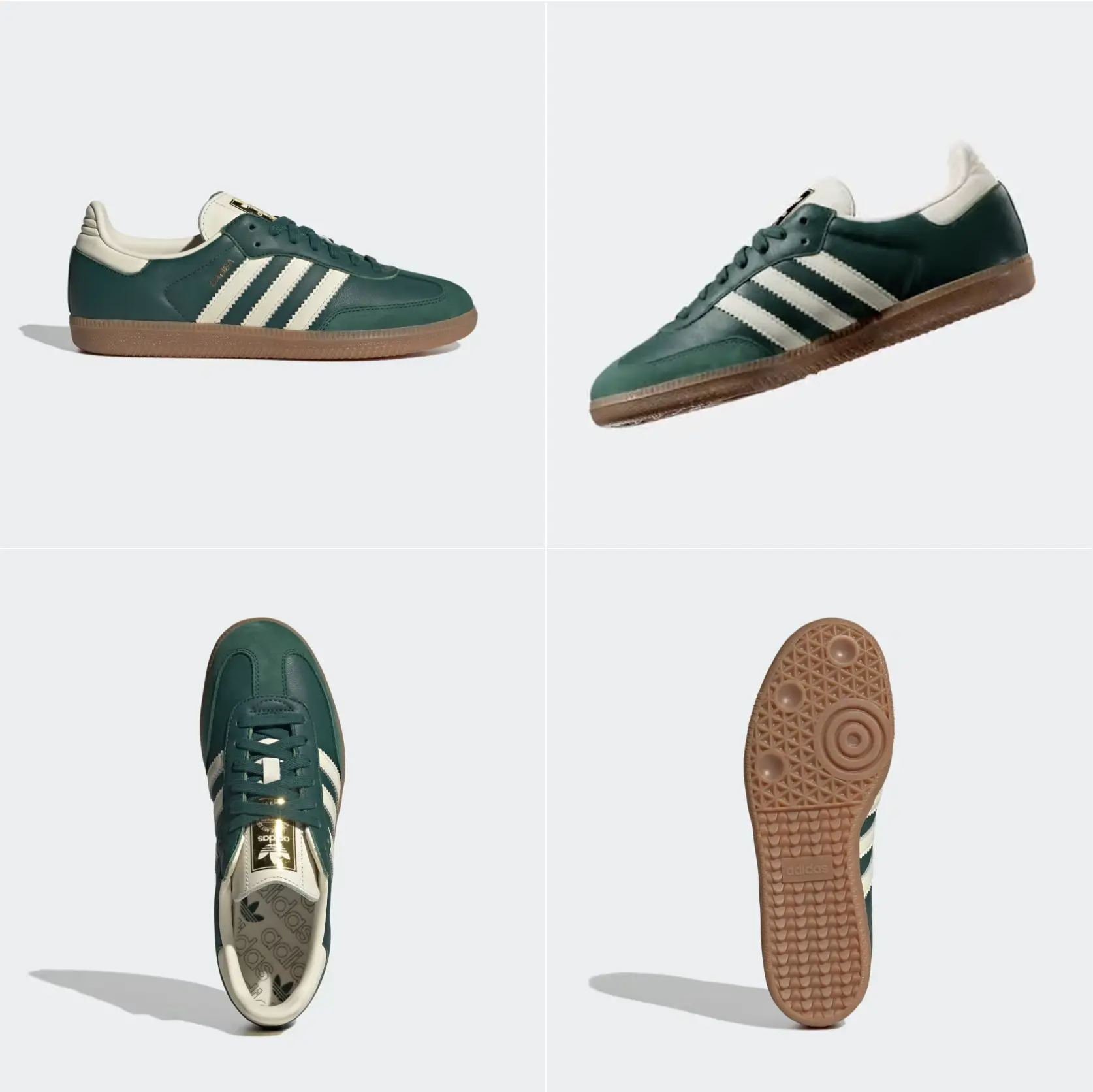
This is where it all starts. Customers will often find your product skimming through a range of thumbnails, rather than reading each individual product name. Once on a product page, the largest element on the page will be the product image, and this will set the tone for the rest of the buying journey. 75% of online shoppers rely on these photos to make their decision.
But be warned. While product photos present the product in its best light, this can be misleading if there’s essential elements overlooked. 22% of customers return their products because they don’t look like they did in the photo. So use photos! but be careful of your presentation.
Benefit of images:
Sets the expectation of what the customer will receive
Shows the product from multiple (fixed) angles
Builds trust that the seller owns the product
Makes the decision to buy easier
Downside of images:
Images that put the product in its best light (or are Photoshopped) may be misleading
Images that overlook certain downsides may result in disappointment on arrival
Customers don’t get a full 360 look at the product until it’s been delivered
Use video
Video is the next step after images, and can be used to give context to the products. Whether that be showing the weight of a watch, the ergonomic nose pads of a pair of glasses or comparing the style of the latest shoes, video brings imagery to life.
There’s many ways to use video on your product page, but the best way to use it in reducing returns is simply showing as much as you can about what the shopper will receive, in a realistic way. That means unboxing videos, looking through everything that’s included. That means showing how to setup the product (e.g. best way to tie the laces or set the watch time). It also means showing the product from every angle. Customers have lots of questions about their next purchase, and a video can be a good way of getting that answer.
Benefit of using video:
Edited videos can set the mood of the product and build excitement
Unboxing videos can set expectations of what the buyer will receive - especially if there’s assembly required, and any tools they’ll need in advance
Showing how a product works in motion avoids misinterpretation
If a product looks different in certain environments or lighting conditions, a video can show this easily
Downsides of video:
Showing a product in its best light might not represent how the buyer will receive it
Alternatively, a less professional video can degrade the perceived quality of a product
Generic product videos that don’t take into account the product variation the buyer ordered may mislead if some features are missing or the colours are different
If a product requires assembly or charging before use, any editing to skip this part may mislead the customer who’d then expect it to work straight away.
Use 3D
Louis Moinet Watch
While video can go further than images by showing people putting on an item, such as a watch or shoe, 3D can show the product from any requested angle. No need to scrub a video to the right point. 3D objects embedded in the product page can be instantly interactive to zoom in, pan or rotate to discover all the little details.
In fact, 82% of visitors interact with 3D products, and 34% for longer than 30 seconds, showing a very high engagement. There’s also a 35% reduction in returns, as the customer gets a full sense of the product they’re purchasing.
ShopAR makes it super easy to convert your product line into 3D objects to embed into your product pages, and is used by some of the world’s leading brands, such as Ugg, Tom Ford and Prada.
Benefits of using 3D:
Customers can easily see all outside elements of a product, setting a good expectation of what they’ll receive
This interaction is easy for the customer too, without needing to look through photos or watch long videos
Downsides of using 3D:
3D integrations can’t show how well a product will fit on the customer
Use AR try-on
As we mentioned at the very beginning, the number one reason customers return products is fit. 75% give this reason. While 3D can show customers the product from every angle, Augmented Reality (AR) can take this to the next step, showing how well it would fit on the customer.
Shoppers can get their own ‘a-ha!’ moment when they try out products for themselves. Much in the same way Apple tilts their Macbook screens to a point where you have to touch them to adjust for your viewing which builds a connection with the product, AR encourages the user to try out different angles and styles.
For watches, glasses and shoes for example, they’ll be able to quickly decide if the product fits well, and, most importantly, if the product looks good on them. They can also easily share with friends to get a second opinion.
The stats back it up too. 58% of people who used AR thought it had prevented them from making a return. Build even confirms at least 20% fewer returns when using AR.
ShopAR specialise in both 3D and AR, making it simple to upgrade your product pages with 3D products that customers can interact with.
Benefits of AR try-on:
Customers experience their own a-ha moment
Customers see the product on themselves in a highly personalised experience
The solution is highly customisable for your business and product line
There’s no postage required for try-on, so the experience is expandable to any country instantly with no delivery time
Downsides of AR:
Not all AR services are built equally - some aren’t representative of fit, track well to the body, or look realistic (Shop AR is actively pushing to be the go-to solution)
2 - During shipping
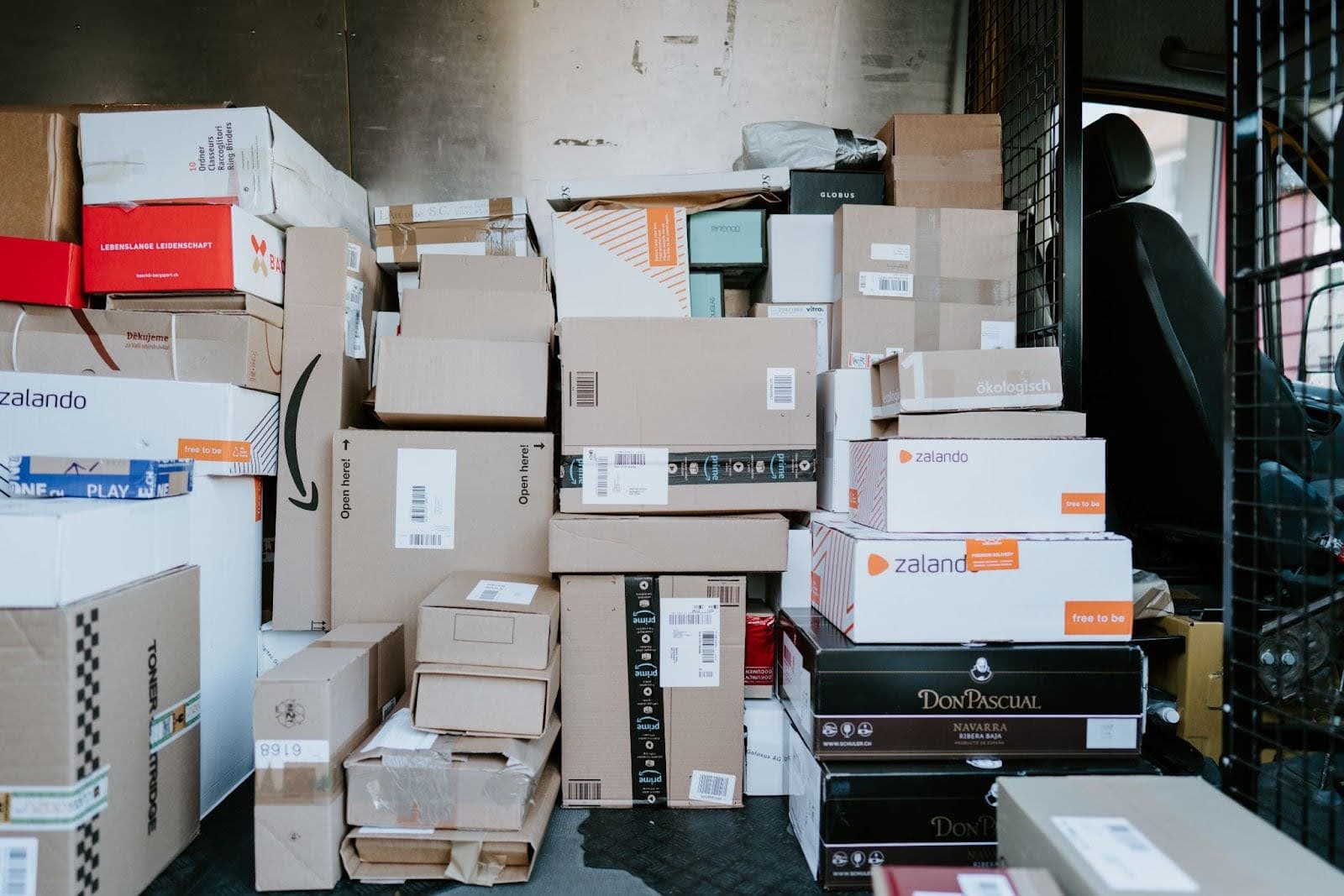
So you’ve set the expectation for a high-quality product and you’re certain you can meet that expectation. But what happens when it leaves your warehouse?
This is the part of the journey that the customer has least control over. Depending on your choice of delivery provider, this can be difficult for you too.
There’s a lot of uncertainty that comes with delivery. They’re thinking about when it might arrive, if there’ll be any damages and if the correct item will be delivered. These next three areas discuss what you can do to cut down on that uncertainty for the customer.
Quality control
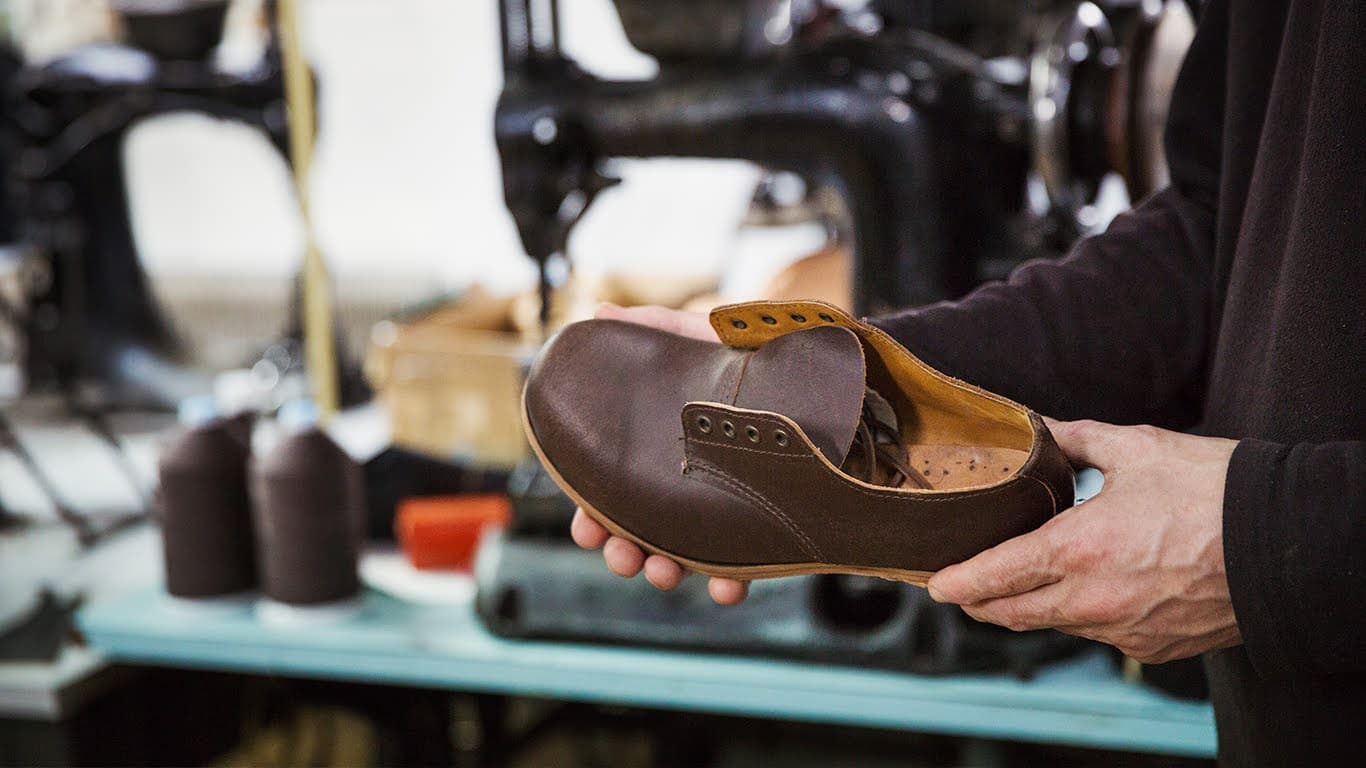
This is your last chance to catch an issue before the customer receives it and requests a return. Any faults, scuffs, marks, scratches or colour alterations should all be taken into consideration. Are you proud of the product that’s leaving your warehouse? Is this the product that your customer is expecting to receive?
You may find it’s not quality, but quantity that becomes an issue. Perhaps you’ve oversold or there’s going to be a delay before you send out the order. This is the perfect moment to get in touch with the customer and explain the situation. It’s much better to resolve issues here rather than later.
23% of customers return an item because it’s the wrong item, and 22% because it was not as it was portrayed online. This is your last line of defence to stop 45% of returns.
Benefits of quality control:
The sole aim of quality control is to reduce returns by catching any product defects before they leave your warehouse.
If you’re delivering software (cloud-based or downloadable), this also applies. Catching bugs before shipping the next version and reacting quickly when new bugs are discovered.
Downsides of quality control:
This step inevitably slows down your processes
If you become over-confident that you have few defects, the process becomes useless.
This can be a very manual task that requires a lot of attention and extra staff
Use high-quality packaging
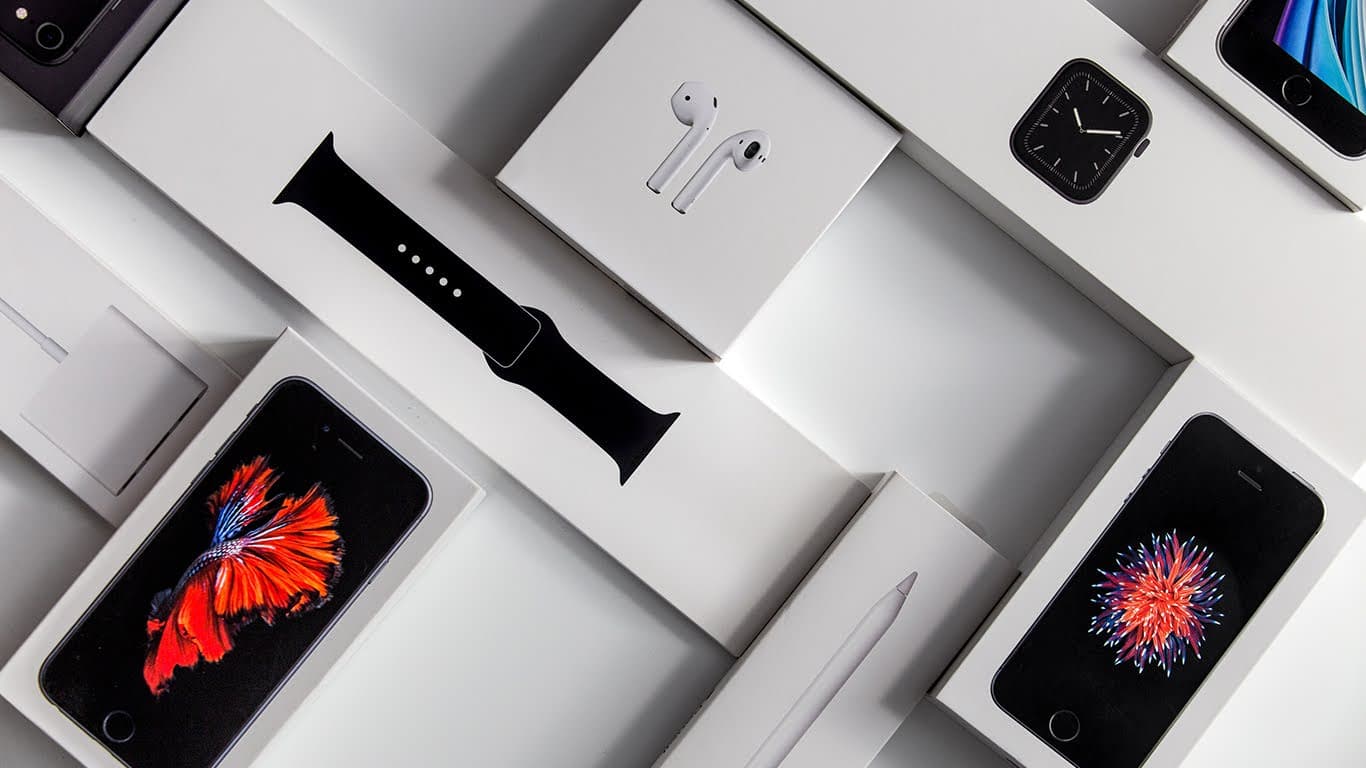
Bubble wrap, cardboard, polystyrene and more bubble wrap. Just keeping items free from damage in transit is an incredibly important task. If a customer reports an item damaged, they have the right to return it. Not using adequate packaging for the item is setting you at a high risk for increased returns.
It’s not all about the bubble wrap, though. Quality of packaging can also mean the box inside the box - the main product package. Look at Apple packaging for the ultimate lesson in high quality packaging. Not only is the box a clean, simple design, but the structural integrity means the product inside is very well protected from the moment the first human touches it.
Also consider customers who will make a return. How return-ready is the box? Have you pre-printed a returns label? Is it possible to open the box without destroying it? 73% of shoppers said overall returns experience affects their likelihood of ever shopping with you again.
Benefits of high-quality packaging:
This reduces damages in transit, which lead to immediate returns (or sometimes issues that only surface a while later)
An extra layer of quality can impress customers, and elevates the opinion of the brand as a whole (look at Apple packaging)
Customers who watch unboxing videos from previous customers before purchasing themselves will have greater confidence in the product.
Downsides of high-quality packaging:
The cost of materials
The cost of the increased weight
Larger packages means fewer shipped at once
Passing on extra delivery cost to customer is usually unwelcome
Delivery estimates

From pizzas to new laptops, the peak of excitement for a customer can be the wait between ordering and delivery. However, any delay can become the peak of uncertainty and stress. Be upfront about the expected delivery time and if you’re not certain on the exact date, give a short date range.
Customers can cancel orders that are late, or haven’t yet turned up past the due date. 7% of returns are from those that arrived late. While the delivery time may be out of your hands, the expectation isn’t, so think carefully what promises you make. Opt for recorded delivery where possible, which also reduces the onus on you, as the last touchpoint the customer has is with the carrier, not you.
Benefits of accurate delivery estimates:
Customers can rest assured their order will arrive on a particular date
Some orders (e.g. birthday gifts) require orders to arrive by a certain date - and an accurate delivery estimate can make or break a sale
Downsides to accurate delivery estimates:
If adding an extra day to delivery time for safety, this can break a buying decision if the product is a gift
If the customer is aiming to time a delivery with their availability to receive it and the delivery is sooner than expected, they may return it
If unexpected problems arise (strikes, floods, seasonal slow-downs), trust can be eroded with the retailer, even if it’s the distributor’s fault
3 - After product received

The final stage of three comes right at the end of the buying journey. The doorbell rang, the customer skipped delightfully to the door, took the package and ripped it open with excitement. But… oh, something’s wrong. It doesn’t fit well, the item’s damaged or it’s not what they were expecting.
This is the moment they’ll need to recheck the returns policy and decide if they want to keep the item or not. Maybe they just need to ask a question first, which leads us nicely onto…
Improve customer care

Your customers expect better from you. No, really. 73% of consumers say they’ll switch to a competitor if they have multiple negative interactions.
Customer loyalty is extremely difficult to win back after a bad experience, and their word of mouth can be extremely powerful.
On the other hand, customers who’ve had a positive experience with customer care teams are happier to spend more on the same product in future. So, get it wrong and it can come back to bite you. Get it right, and you’ll increase customer loyalty.
Benefits of improving customer care:
Be on-hand to calm any early doubts when a customer receives their order
A friendly approach/reaction to customer concerns can increase connection
Sometimes customers have just misunderstood how to use the product, and can be easily talked through
Positive customer care experiences increase customer loyalty
Downsides of improving customer care:
Requires extra time and resources
Requires additional staff
If the product is genuinely bad, this won’t fix the problem
Increase policy length
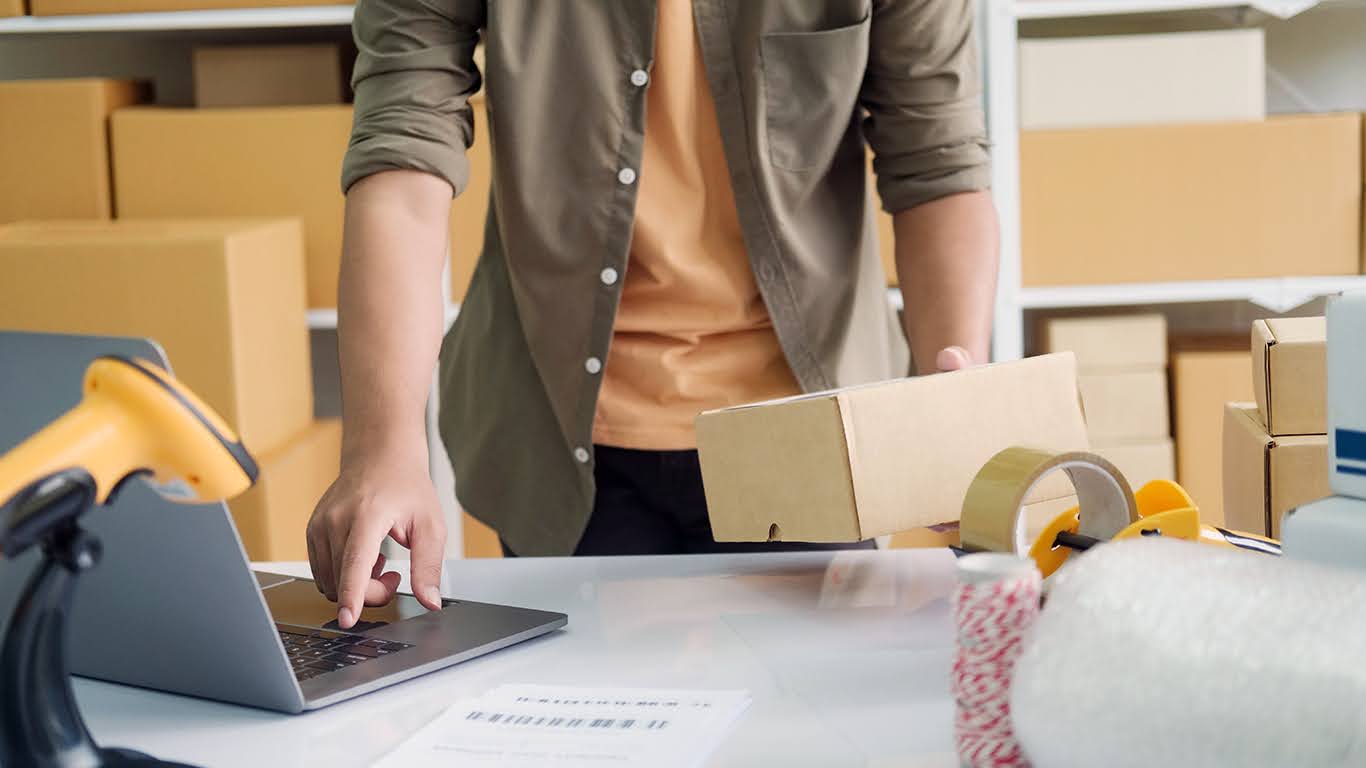
Rebound’s customer survey found customers expected at least 30 days for a returns policy.
Even if you decide against this and keep your returns window short, the same survey found 21% of customers would return their product outside of the limit anyway, in the hopes of getting a refund.
The University of Texas-Dallas ran a study to see if there was a correlation between the length of a returns policy and returns. The results were intriguing. Not only did longer policies correlate with fewer returns, there was an even stronger correlation with increased purchases too.
Benefits of extending the return policy length:
Customers are more likely to feel comfortable with their purchase
Returns are more likely to fall
Downsides to extending the return policy length:
This can be a tough sell internally
Some customers will seek to use this for their own gain
Don’t pay return costs

This can be a tricky one to sell to even your most loyal customers, as additional, unexpected or uncertain fees at the end of a transaction are always unwelcome, especially if it feels as though the customer has no control.
For those who haven’t read the return policy before receiving an item, this can be a kick in the teeth, and we recommend trying to make it clear of your policy update before your customer makes a purchase.
Zara was one of the first companies to stop offering free returns, but has proven to help maintain the profitability of their business. By sharing the cost of postage with their customers, they were able to significantly reduce the financial (but not emotional) cost.
Benefits of not paying full return costs:
This approach can act as as deterrent for return fraud
Even asking customers to pay some of the return cost can help bring the cost down for your company
You may find this approach increases the perceived value of your products
Offering a paid return, but free in-store return can boost sales. Customers are 70% more likely to spend the same as the refund amount, and 20% above that if they return in store
Downsides to not paying full return costs:
You may experience backlash from customers that can spill into the mainstream news and social media outlets
Customers who are used to try-and-return methods of buying online may feel incentivised to switch to alternatives who still provide free returns
Analyse feedback

Customers who write reviews can be your goldmine - if you listen. Look for patterns, not just in complaints, but in praise too. Are customers praising particular features, benefits or the quality of parts of your product? Trawl through these quotes and write them into the product description.
Are customers picking up on one unexpected element that underwhelmed them? Either make adjustments to the product or work to set expectations on the product page.
Benefits of analysing feedback:
Getting to know your customer and learning their language so you can adopt it into your tone of voice
Learning what features they love, so you can include it more prominently in the product page’s description.
Downsides of analysing feedback:
Analysis paralysis is a real problem. You can easily get hooked on small metrics or looking so much at the data that you never take action. Keep it a healthy balance.
Looking at too many negative reviews may be counter-effective, especially if customers use the reviews to make complaints as the weighting of positive to negative will be unfairly disparate.
If you aren’t including customer reviews directly on your website or product pages, consider using a third party service like TrustPilot. This will help to keep you accountable and transparent as a business and creates a culture of customer success that’s genuine.
Conclusion
It’s important to look through all elements of the buyer’s journey to help reduce returns, using this list to find which will best suit your business.
Don’t wait for a customer to complain or request a return. Set expectations at all stages before they receive the product and provide enough detail through text, image, video and AR. You should communicate well before and after, and listen to (and act on) feedback.
If the benefits of 3D or AR pique your interest, take a look at ShopAR.
ShopAR makes it easy to enhance your customer experience with the latest in 3D and Augmented Reality try-on technology without the need for any technical knowledge.